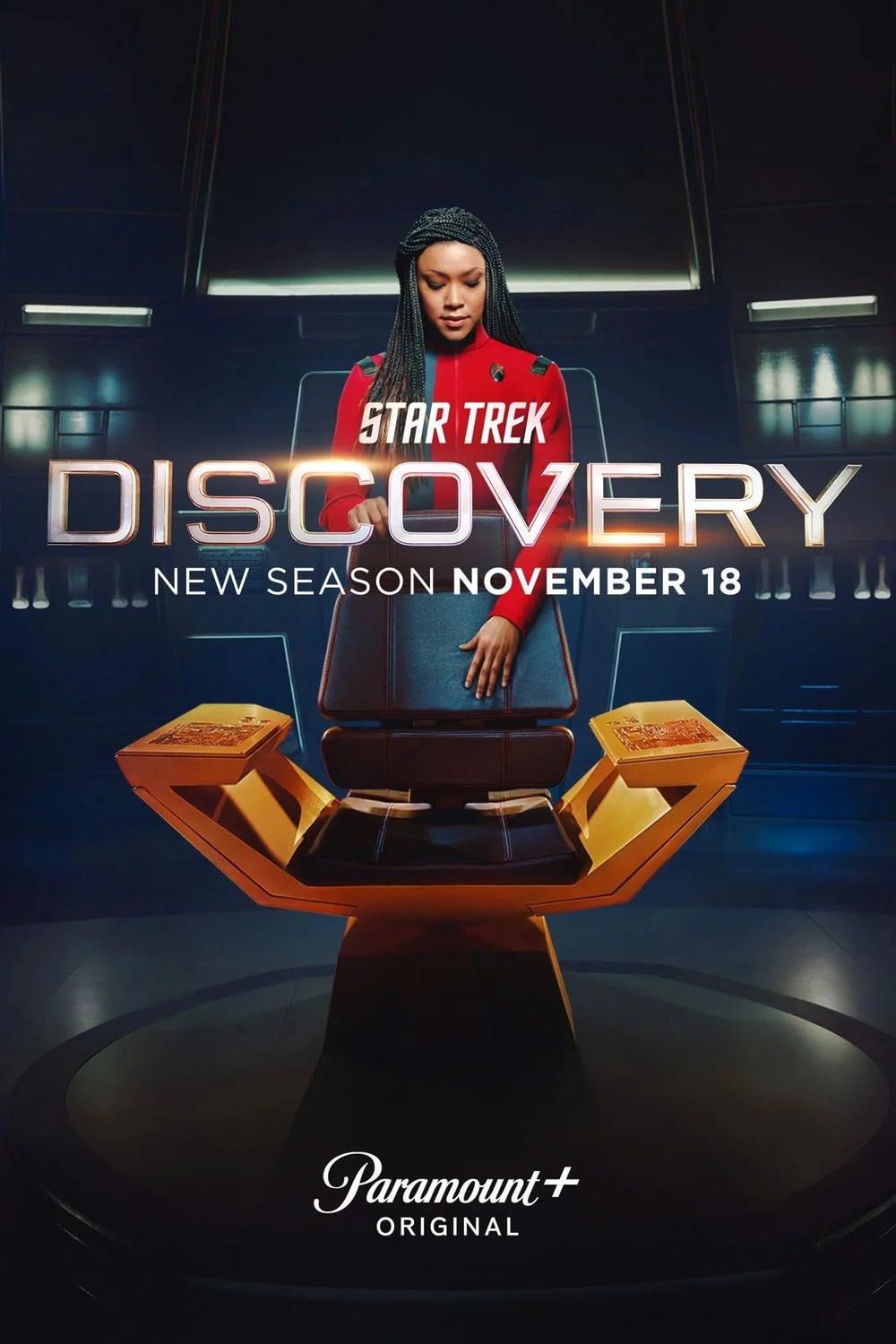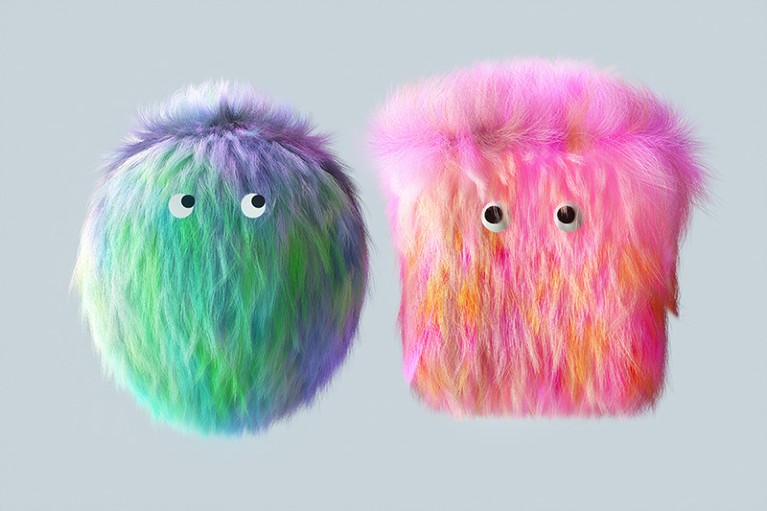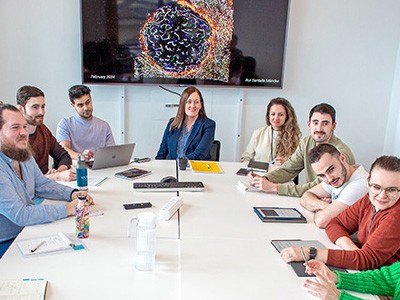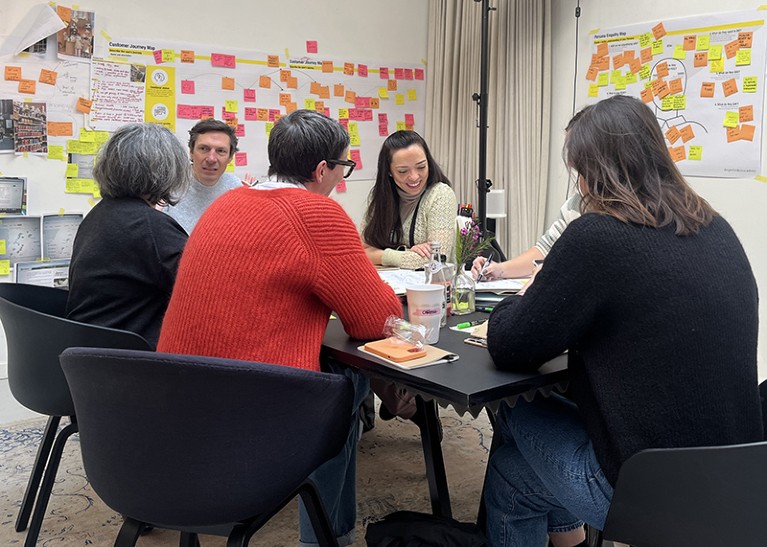[ad_1]
Advertencia: contiene spoilers de Star Trek: Discovery, temporada 5, episodio 9, “Lagrange Point”.
resumen
- La evolución de Rayner desde que evitó la silla del capitán hasta finalmente tomar el mando refleja una verdadera inspiración de Sonequa Martin-Green, quien esperó un momento importante del personaje.
- La actitud sensata de Reiner y su trágico trasfondo lo convirtieron en un líder respetado y eficaz en la quinta temporada de Star Trek: Discovery, ganándose la confianza de su equipo.
- La interpretación de Callum Keith Rennie de Reiner como un gran líder en la temporada 5 de Discovery es lo más destacado, ya que muestra sus habilidades de redención y liderazgo a través de misiones difíciles.
Una broma sobre el comandante Reiner (Callum Keith Rennie) evitando la silla del capitán. Star Trek: Descubrimiento La temporada 5, episodio 9, “Lagrange Point” tiene inspiración del mundo real. en Descubrimiento La temporada 5, episodio 9, “Lagrange Point”, escrito por Sean Cochran y Ari Friedman, y dirigido por Jonathan Frakes, termina con Reiner finalmente colocado en el asiento del medio a bordo del USS Discovery. Desde su degradación en Star Trek: Descubrimiento temporada 5 episodio 2, “Reiner ha evitado la silla del capitán.”como la plaga“, prefiriendo en cambio deambular por el puente durante las misiones..
La negativa de Reiner a sentarse en la silla del capitán es un reflejo de sus temores de que la tripulación del USS Discovery no sea “suya” y que sus acciones pasadas signifiquen que no merece la silla. Afortunadamente, al final Star Trek: Descubrimiento En la temporada 5, episodio 9, Reiner finalmente supera esto y toma el asiento del medio. Será el comandante Reiner quien lidere el USS Discovery en una misión de rescate para rescatar al capitán Michael Burnham (Sonequa Martin-Green) en el mar. Descubrimiento el fin. Además de las motivaciones del personaje de Reiner, también hay una verdadera inspiración detrás de su negativa a sentarse en la silla del capitán.
Relacionado
Star Trek: Discovery Temporada 5, elenco que regresa y nueva guía de personajes
Mientras Burnham busca el tesoro más grande del universo en la temporada 5 de Star Trek: Discovery, necesitará la ayuda de una gran cantidad de personajes nuevos y recurrentes.
Star Trek: el chiste de la silla del Capitán Discovery Reiner se inspiró en Sonequa Martin-Green
Reiner evitó la silla del capitán. Star Trek: Descubrimiento es una referencia a una decisión tomada por Sonequa Martin-Green durante las tres primeras temporadas del programa. Sonequa Martin-Green evitó deliberadamente sentarse en la silla del capitán durante tres añosPensó que el momento tendría más impacto si esperaba hasta el ascenso oficial del Burnham. En una entrevista con la Academia de Televisión (trad. Emmys.com), Sonequa Martin-Green explicó su decisión de evitar el asiento del medio del USS Discovery:
Recuerdo haber pensado: “Cuando sea el turno de Michael, será mi turno”. Entonces me sentaré cuando ella lo haga. Nunca se me ha escapado lo importante que fue ese momento para el personaje, para mí, como actor, y para la historia y Star Trek en su conjunto. Quería probarlo cuando lo hizo Michael y estoy muy feliz y satisfecho con eso.
El momento al final Star Trek: Descubrimiento Ciertamente, la temporada 3 en la que Burnham finalmente se convierte en capitán es un momento satisfactorio que demuestra que Sonequa Martin-Green hizo bien en esperar. Callum Keith-Rennie no tiene el mismo lujo de tiempo Descubrimiento Temporada 5, pero no resta valor al impacto de la escena de la silla del capitán. El momento de la silla del Capitán Rainer Descubrimiento Es increíblemente divertido de ver, ya que asegura a la audiencia y a la tripulación del barco que el mando del USS Discovery está en manos muy capaces.
Por sugerencia de su director Jonathan Frakes, Callum Keith Rennie realiza la “Maniobra Picard”, levantando la parte delantera de su disfraz antes de sentarse en la silla del capitán.
Star Trek: Discovery demostró que Reiner es un gran líder
Si bien Reiner pudo haber cometido errores como capitán del USS Antares, se redimió muy rápidamente. Star Trek: Descubrimiento Quinta temporada. El estilo sensato de Reiner puede haberlo puesto en desacuerdo con la tripulación del Discovery inicialmente, pero fue una forma eficaz de comprender a cada miembro de la tripulación del puente. La trágica historia de fondo de Reiner también sirvió como una fortaleza más que como una debilidad durante la crisis diplomática con el Imperio Breen. Ocupe el lugar de su capitán en el descubrimiento, Reiner rescató la ISS Enterprise del universo de bolsillo y lanzó un atrevido ataque contra el Breen Dreadnought..
Star Trek: Descubrimiento
La temporada 5, episodio 7, “Erigah” reveló que Breen Imperium invadió el mundo natal de Kellerun, matando a toda la familia de Rayner.
Desde las promesas de puré de cítricos de Kellerun hasta el reconocimiento de los logros de su tripulación, Reiner se ganó la confianza de todos los oficiales del USS Discovery. Ésta es la marca de un gran capitán, y sólo los grandes capitanes pueden convencer a su tripulación de estrellar su nave directamente contra la bahía de lanzadera del Brain Dreadnought. Reiner fue la mejor incorporación a Star Trek: Descubrimiento Fue elegido para la temporada 5 y es muy decepcionante que la cancelación de la temporada 6 signifique que no tendremos más de Reiner, Capitán, etc.
Star Trek: Descubrimiento
El final se transmite por Paramount+ a partir del jueves 30 de mayo.

Star Trek: Descubrimiento
Star Trek: Discovery es un spin-off de la legendaria serie de ciencia ficción, ambientado diez años antes de los eventos de la serie original de Star Trek. El espectáculo se centra en el comandante Michael Burnham, asignado al USS Discovery, mientras la tripulación intenta evitar una guerra klingon mientras viaja a través de la inmensidad del espacio.
[ad_2]
Source Article Link








